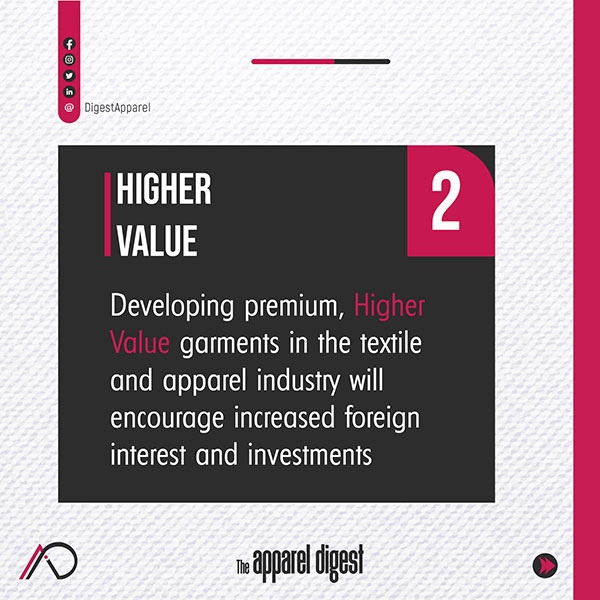The Innovations and Challenges in Denim Finishing: 2024 Report, the first report released by EIM (Environmental Impact Measuring), a global platform created by technology manufacturer Jeanologia to measure the environmental impact of garment finishing, provides the first overview of the industry worldwide.
Establishing new standards for sustainability in the sector, this report offers an analysis based on precise data from more than 115,000 denim finishing operations gathered via the EIM platform.
A good trend towards more responsible practices is seen in the report’s findings, which show that 63 per cent of the examined activities are already categorised as having a minimal environmental impact.
It also draws attention to important issues like the high usage of dangerous chemicals (24 per cent of processes), especially potassium permanganate and pumice stones, which are still used by many players and urgently need safer and more sustainable alternatives because of their detrimental effects on the environment and the health of their employees.
Since water consumption management is still one of the major environmental issues facing the textile industry, progress in this area is also taken into account. According to the analysis, denim finishing currently uses an average of 30 litres of water per garment, which is still more than the 22.5 litres per garment guideline that is advised.
Optimising rinse procedures, choosing textiles that need less intensive treatments, and utilising technologies like ozone, e-flow, and smart foam systems are all practical ways to cut down on water usage.
Adoption of cutting-edge technologies to minimise chemical use and safeguard worker health is another suggested improvement. Examples include the careful selection of ZDHC-certified chemicals and the automation and digitisation of manual procedures.
Using technologies like ozone, e-flow, and smart foam systems, choosing textiles that need less intensive treatments, and streamlining rinsing procedures are all efficient ways to cut down on water usage.
The employment of cutting-edge technology to minimise chemical consumption and safeguard worker health is also one of the suggested enhancements. Such technologies include the digitalisation and automation of manual operations and the careful selection of chemicals certified by ZDHC.
EIM was created in 2009 and has being used all over the world since 2011. A growing number of denim industry participants and insiders now utilise it as a measuring tool.
These include big retail groups like M&S and F&F Tesco, fashion brands and retailers like H&M, AEO, Primark, C&A, Mango, Jack & Jones, and Springfield, as well as denim giants like Levi’s, Tommy Hilfiger, and Guess.

